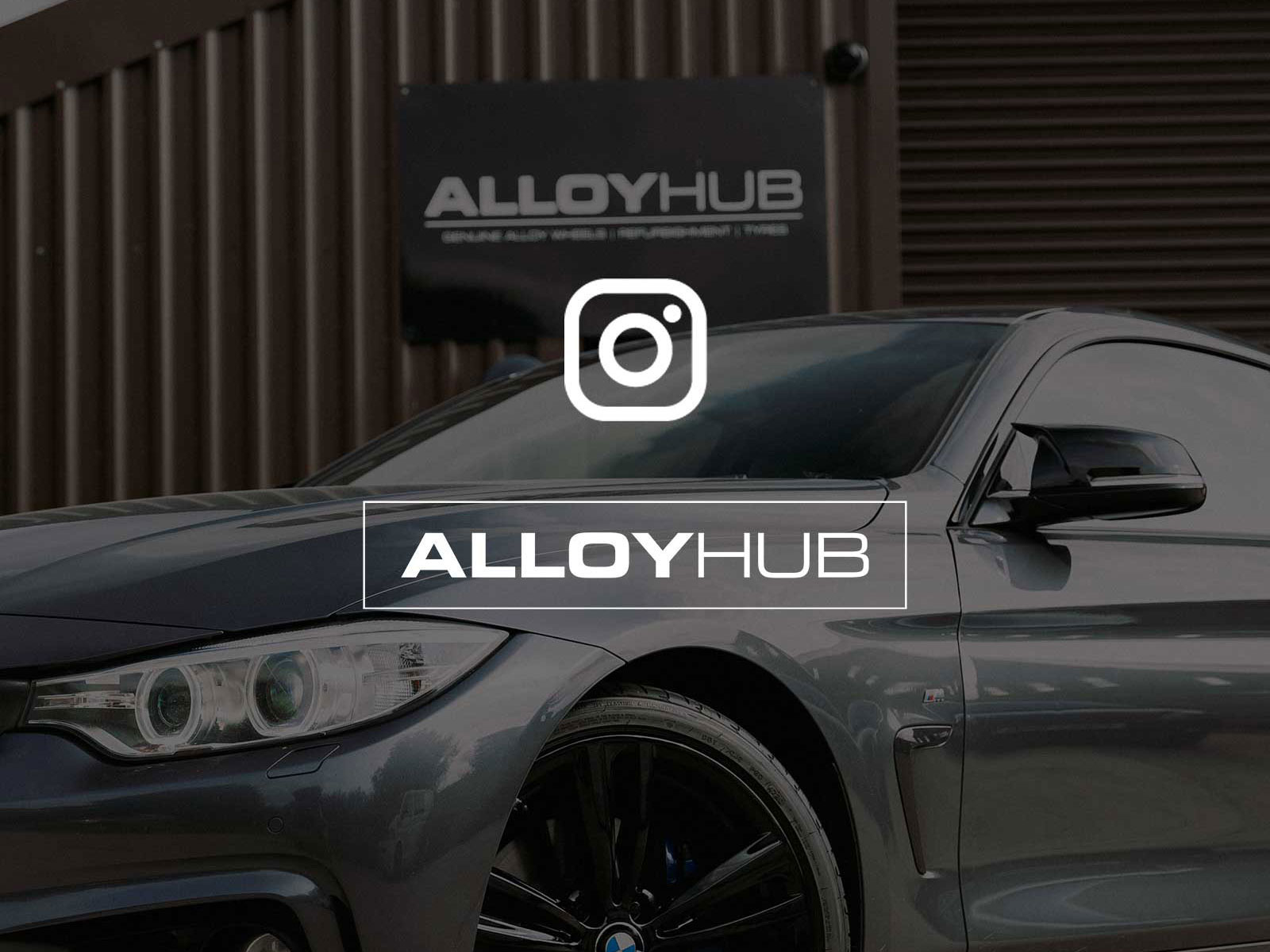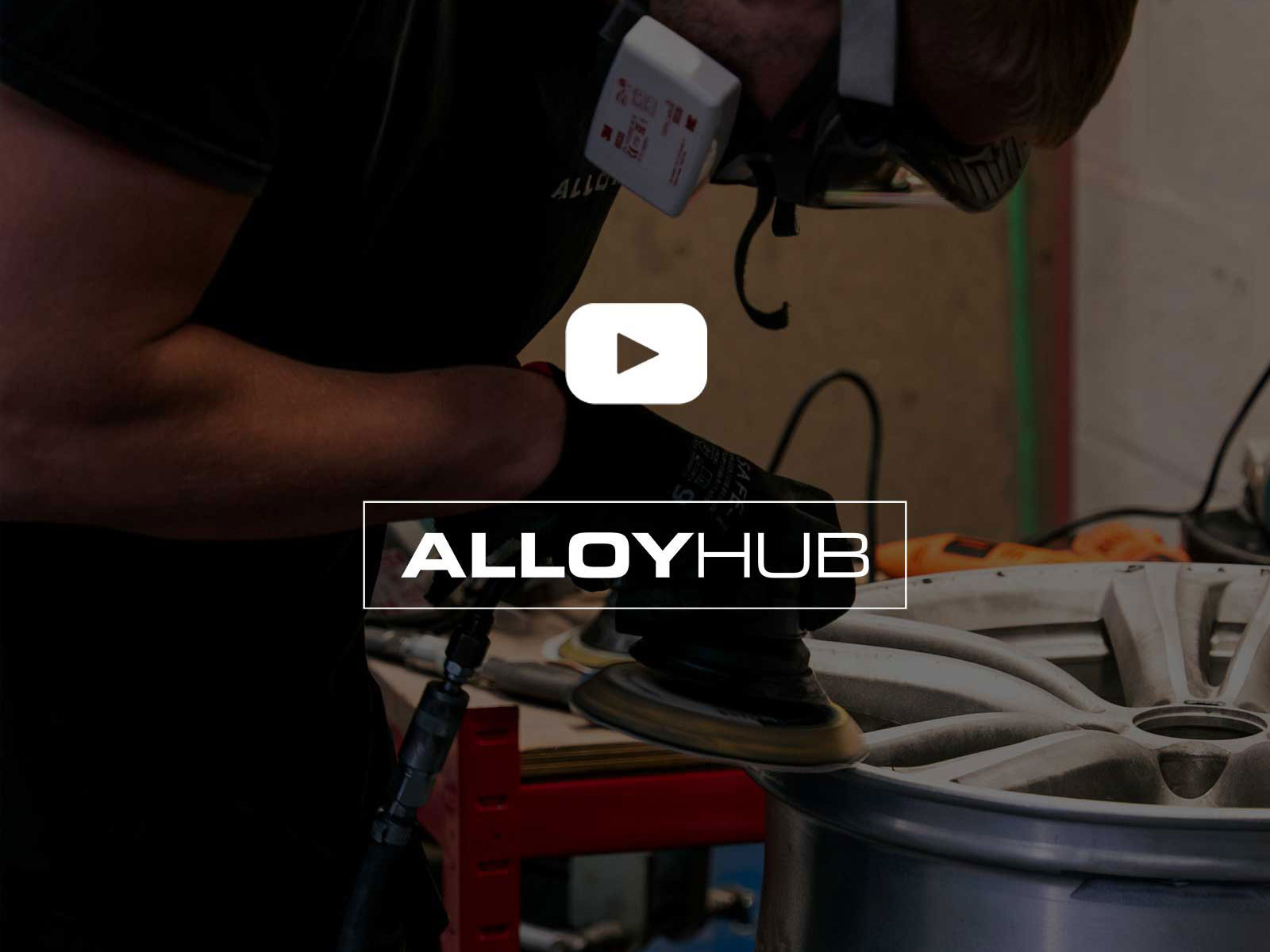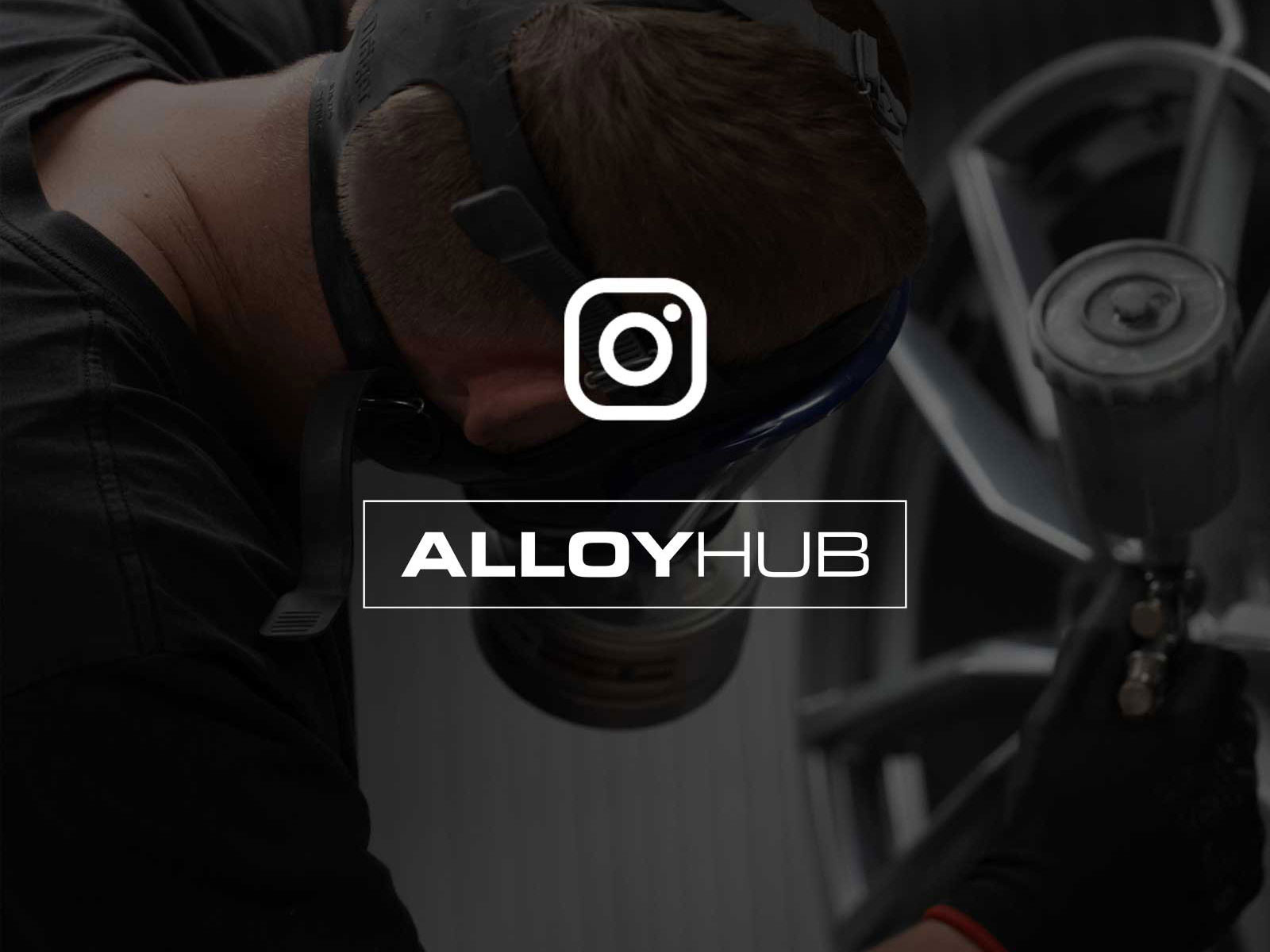Alloy Wheel Refurbishment in Alderley Edge
Located just 40 minutes from our Leek-based facility, our alloy wheel refurbishment service is ideal for drivers in Alderley Edge and surrounding areas such as Wilmslow and Nether Alderley. Whether you’re near London Road or heading for a walk on The Edge, we offer collection and delivery for a hassle-free repair experience.
The Importance of Alloy Wheel Refurbishment
When we consider the overall appearance and value of our vehicles, alloy wheel refurbishment becomes essential. Maintaining our wheels not only enhances their aesthetic appeal but also boosts our vehicle’s overall worth.
Regular alloy wheel repairs can prevent more serious issues like corrosion and cracks, which could lead to costly replacements and safety concerns. By trusting expert technicians who use advanced techniques like diamond cutting and powder coating, we guarantee a durable finish that stands up to chips and scratches.
Plus, refurbished wheels improve vehicle performance by promoting proper weight distribution and balance, critical for handling. Investing in refurbishment is often more cost-effective than buying new wheels, allowing us to keep our cars looking great without breaking the bank.
Our Comprehensive Repair Services Alderley Edge
At our alloy wheel refurbishment centre, we recognise that every scratch and scuff can detract from your vehicle’s appearance, so we offer a range of extensive repair solutions tailored to restore your wheels to their original glory.
We specialise in kerbed alloy repairs, addressing scuffs, scratches, and chips to guarantee all types of surface damage are effectively resolved.
For those with diamond cut wheels, our precise refinishing services remove imperfections and bring back that high-gloss finish.
Our refurbishment options cater to all makes of alloys, providing customised solutions to meet your needs.
Utilising advanced technology, we promise exceptional results with repairs in Alderley Edge, often completed on the same day, giving you back your stunning wheels quickly.
Diamond Cutting
Diamond cutting is an alloy wheel refurbishment technique that delivers a sharp, polished finish, perfect for modern and high-end vehicles. We use precision CNC technology to remove a thin layer from the wheel’s surface, creating a flawless, mirror like shine. This process not only restores the original look of your wheels but also improves durability and resistance to minor chips and scratches. Whether your wheels have kerb damage, corrosion, or general wear, our diamond cutting service brings them back to life with a factory quality finish. Trust our expert team to give your wheels a standout look that lasts.
Alloy wheel Repairs Custom Colours | Alloy Hub
If you are looking for alloy wheel repairs in custom colours with an OEM colour match, look no further! Our team of experts specialises in restoring alloy wheels to their original beauty with precision and care. We understand the importance of maintaining the integrity of your vehicle’s appearance, which is why we offer custom colour options that perfectly match the OEM colours of your car. Trust us to provide superior quality repairs that will leave your wheels looking as good as new. Contact us today to schedule an appointment and give your vehicle the makeover it deserves.
Our price list is available to view on our main Alloy Wheel Refurbishment Page. We offer a variety of prices depending on your wheel needs. The prices listed below are per single wheel and include VAT, removal of your wheels and tyres, and refitting them. If you want a special colour that isn’t listed, get in touch with us.
Why Choose Professional Refurbishment?
Choosing professional refurbishment for our alloy wheels means investing in quality and expertise. By opting for these specialised repair services, we can restore our wheels to like-new condition, enhancing our vehicle’s appearance and value.
Skilled technicians use advanced high-tech equipment to guarantee precise repairs, particularly for intricate diamond cutting refurbishments. The convenience of on-site mobile services allows us to have repairs done at home or work, saving us valuable time.
Plus, a thorough assessment comes with every service, along with a 12-month guarantee, giving us peace of mind. Ultimately, investing in professional refurbishment is more cost-effective than replacing damaged alloy wheels, significantly reducing expenses while extending their lifespan.
Let’s prioritise quality and make our wheels shine again!
Repairs in your area
We cover Stoke-on-Trent and nearby areas, including Alderley Edge, Macclesfield, and Congleton.



